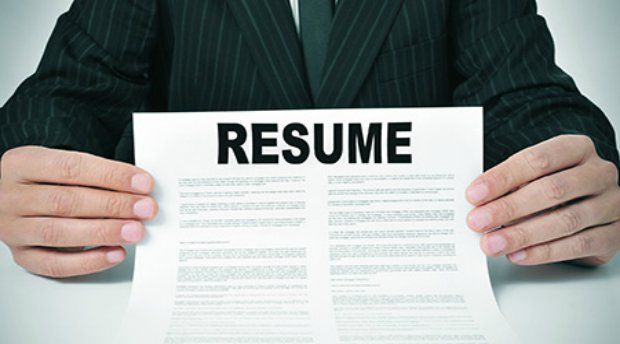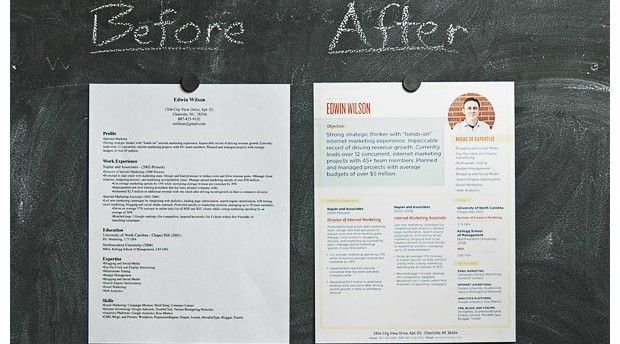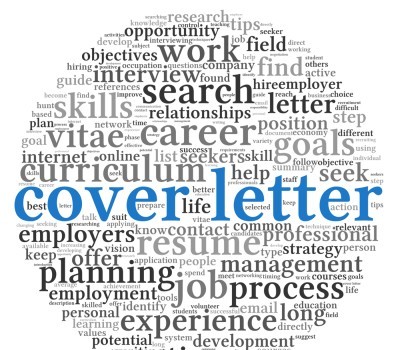6 Tips to Help You Build a Strong Resume and 20 Things You Should Remove
Post Views 1614Summary: Spend time working on your resume to bring it up-to-date and ensure it contains the most important and flattering information.
Hiring managers use the appearance and appropriateness of a resume and cover letter as a first impression of whether they will even attempt to read it. A sloppy resume will deter employers from reviewing it, preventing you from the opportunity to impress them during an interview.
To build a strong resume, focus on these six parts:
1. Layout: The layout of your resume doesn’t need to be overly intricate. Keep the font size at 11 – not too small but not too big. The best cover letter and font resume fonts are Calibri, Times New Roman, Arial, Verdana, Cambria, Garamond, Book Antiqua, Trebuchet MS, Arial Narrow, and Didot. There are three general formats to select – functional, chronological or combination. You can add minimal color and bolding as a way highlighting features.
2. Contact Info: Resumes used to require a lot of contact information including address. Now one good phone number and an appropriate email are all that is required. You want your contact information to be as simple as possible for the hiring manager to connect with you through.
3. Objective: Think of your objective as an elevator pitch. You have a sentence or two to explain what sort of career you are looking for and the skills and experience you have to get you there.
4. Skills: This is your area to brag. Show off your accomplishments including soft and hard skill and abilities. This section should be at the top so hiring managers don’t have to go searching, spending what little time they have to find your skills. Make sure these skills are relevant to the job you are applying to.
5. Experience: Include relevant work and even volunteer experience. List the name of the company, the title, the date you worked there, and a few bullet points detailing key responsibilities and achievements. You can include other positions that do not directly relate if you have limited work experience or if the position showcases some of your bigger accomplishments.
6. Academics/Qualifications: List your highest education and the degree you received. Also mention any relevant certifications, licensing, etc. that make your resume stronger.
20 things to remove from your resume:
- Irrelevant work experience
- Email address for your current work
- False information
- Personal social media accounts
- Salary information
- Hobbies
- Full mailing address
- More than one phone number
- Excessive text
- Personal details
- Unrelated and outdated information
- Inconsistent formatting
- Multiple pages
- A photo of yourself
- Short-term employment
- GPA
- Irrelevant accomplishments or awards
- Reasons you left employment
- Fancy fonts
What is the hardest part of the resume for you? Share with us in the comments below.
To learn more about writing an elevator pitch, read these articles:
6 Tips to Help You Build a Strong Resume and 20 Things You Should Remove by Amanda Griffin




 13 Tips to Make Your Cover Letter Better
13 Tips to Make Your Cover Letter Better  How to Write a Resume that Really Sells
How to Write a Resume that Really Sells  How to Create a Resume as a College Student
How to Create a Resume as a College Student  Six Sections to Include on Your Resume
Six Sections to Include on Your Resume  Give Your Resume a Makeover
Give Your Resume a Makeover  Simple Resume Changes That Make a Big Difference
Simple Resume Changes That Make a Big Difference  How to Write an Effective Cover Letter
How to Write an Effective Cover Letter  Build a Cover Letter Fit for the Job
Build a Cover Letter Fit for the Job